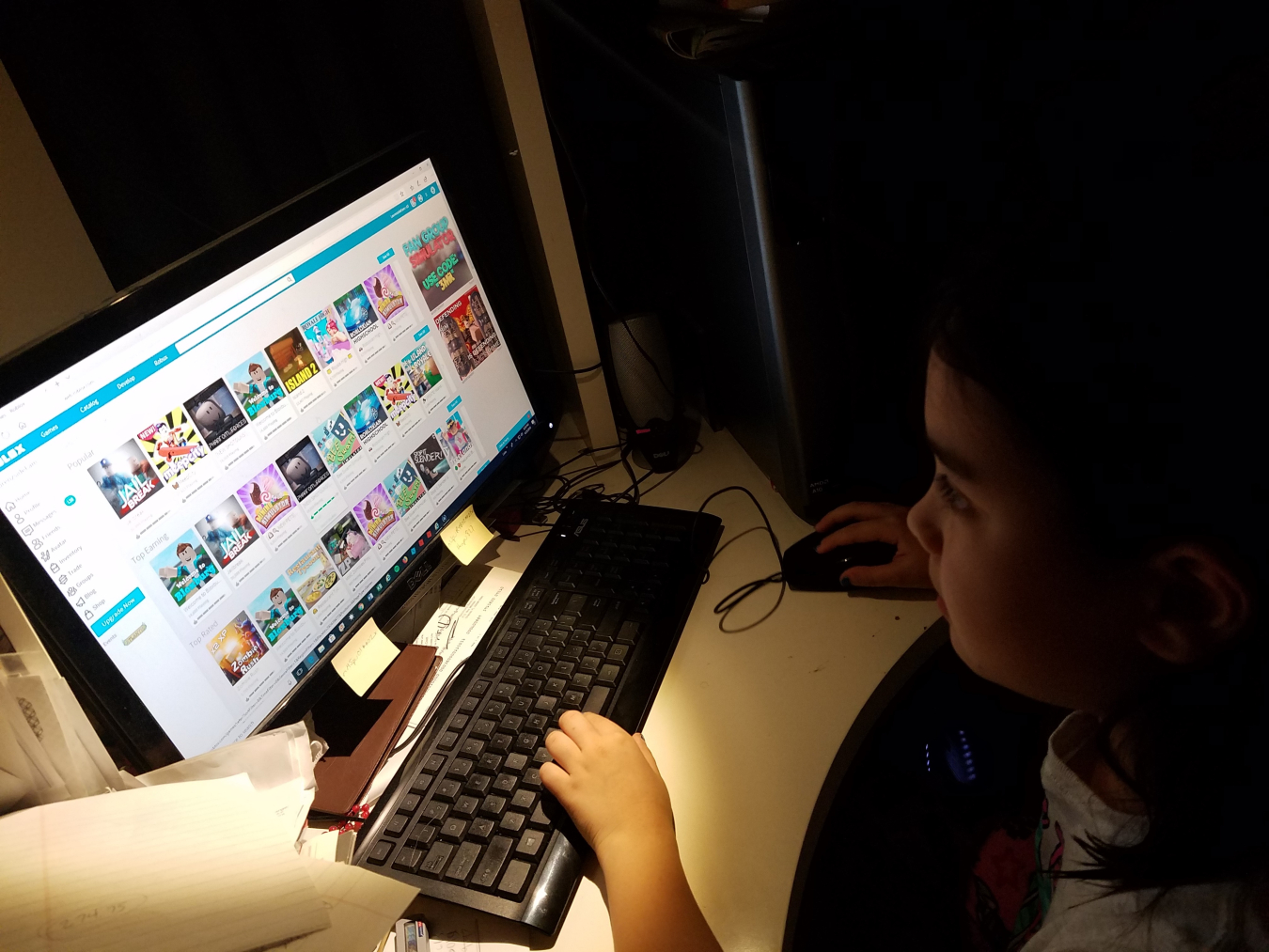Interest in computer games can spur kids to push the boundaries of artificial intelligence, virtual reality, and life simulation.
April 30, 2018
Much like an early interest in science fiction spurred a generation of engineers to build cellphones and other modern technology, interest in computer games can spur kids to push the boundaries of artificial intelligence, virtual reality, and life simulation. An interest in videos can lead to developing new ways to create video content for social media, in an age when traditional broadcast—and even cable—are challenged by digital platforms.
Let’s look at the story of Brielle. She’s is a third grader in a northern Virginia public school. She’s also my daughter. Her days include classwork in all the fundamentals of elementary school education — the classic “reading, writing and ‘rithmatic”— but she also gets instruction on using computers to do artwork and search for lessons online, as well as basic game design training using popular DIY platforms like Roblox™ and Minecraft.
“We do a lot of different things,” Brielle said. “Some days we just practice, but other days we get to show the teacher what we’ve been doing. I do a lot of stuff on our home computer too, because I like playing the games.”
Learning game design at an early age can help springboard a child’s interest in computer programming and coding, among other things. Kids pick up on these things very quickly. Brielle’s teacher notes, “Kids learn best when they’re enthusiastic. As adults, we usually learn what we need to learn to do a job, but kids want to know all they can—if they like what they’re doing.”
Brielle is nothing if not enthusiastic. She and her friends collaborate on building worlds that they can then share with each other online; Brielle has already built a play environment for her best friends in school and regularly makes appointments to play with them after she’s home for the day.
In the fall and spring, she has two weeks of “intercession,” when she can take elective classes. Among subjects like Chinese, cooking, chess, and basic sports, there are opportunities to do things like build Lego robots and learn more about computers. Those more advanced classes, mostly for fourth and fifth graders, can lead to activities like high school robotics teams, which compete against each other locally, regionally, and nationally.
“I want to do all of those things,” she says. “They look like fun!”
For now, Brielle is happy building fantasy islands and fanciful mansions in her game. But tomorrow? This third grader might be well on her way to creating the next great virtual reality in cyberspace. Just don’t be surprised if it has plenty of pink and purple, because those are her favorite colors.
If you’re looking for resources outside of the classroom for STEM, check out the National Renewable Energy Laboratory’s education website, the Lawrence Berkeley National Laboratory education website, and the popular Energy Information Administration’s Energy Kids site.
Drew Bittner
Drew Bittner is a writer/editor for the Office of Critical Minerals and Energy Innovation (CMEI) within the U.S. Department of Energy. He is a former Presidential Management Intern and a former web project manager for EERE.


